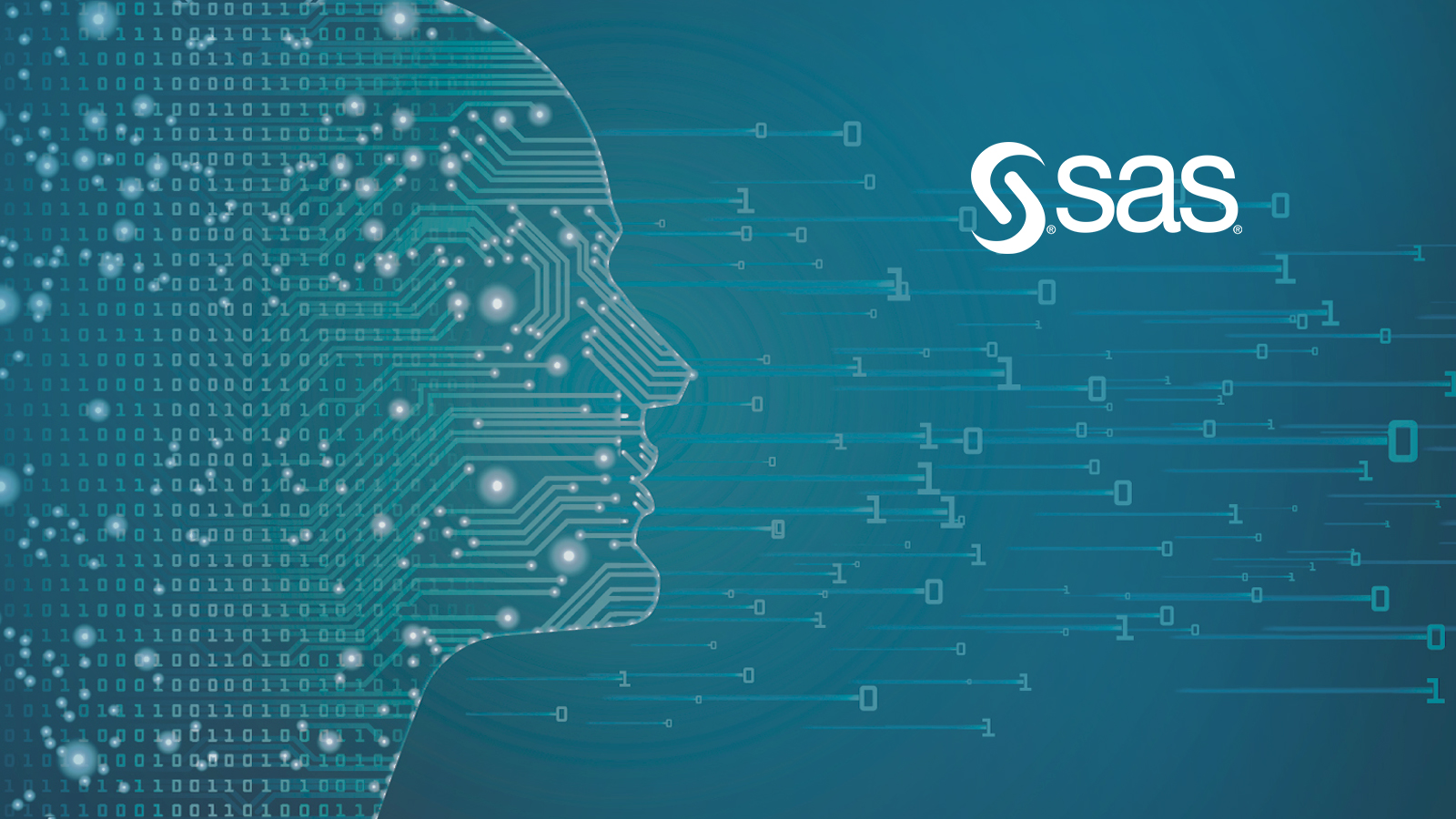SAS has announced it is partnering with NVIDIA to help businesses bring artificial intelligence (AI) into their organisations. The companies are collaborating across machine learning, computer vision and natural language processing, with NVIDIA GPUs and CUDA-X AI acceleration libraries, to support the core elements of SAS’ AI offerings – leading to faster, more accurate insights.
“AI is transforming business across industries,” said Gavin Day, SAS Senior Vice President of Technology. “At the heart of AI-based transformation is advanced analytics. Powerful GPUs help speed the analysis and impact of AI by processing millions of mathematical operations very quickly. By partnering with NVIDIA, we combine our strengths to augment human intelligence and realize the true potential of AI.”
“Our collaboration with SAS will help enterprise customers extract the true value of AI for their company,” said Ian Buck, Vice President and General Manager of Accelerated Computing at NVIDIA. “With NVIDIA technology, businesses will be able to accelerate their entire data science workflow to innovate, add new services and increase profitability.”
With expanded NVIDIA GPU support across SAS Viya– including products such as SAS Visual Data Mining and Machine Learning and SAS Event Stream Processing– customers can take advantage of high-performance AI capabilities including image classification, object detection, speech-to-text, image recognition and sentiment detection. The companies are also pushing deep learning and decision-making capabilities to edge devices, which will drive greater IoT opportunities. For example, equipping an edge device like a commercial drone with AI technology will give it the ability to handle everything from infrastructure monitoring to predictive maintenance for industrial plants. With the GPU and analytics built into the drone, analysis can be performed where the data resides.
The partnership with NVIDIA is one strategic element of SAS’ commitment to AI and machine learning. SAS also announced it would invest $1 billion over the next three years on AI software innovation, education programs and other resources.










Discussion about this post